Imagine strolling through your garden, plucking ripe berries, fragrant herbs, and colorful vegetables straight from the plants around you. With edible landscaping, this vision becomes a reality, transforming your outdoor space into a vibrant and productive oasis that delights the senses and nourishes the body. By integrating edible plants into your garden design, you can create a beautiful and bountiful landscape that not only enhances the aesthetic appeal of your outdoor space but also provides fresh, homegrown ingredients for your kitchen table. In this guide, we’ll explore the benefits of incorporating edible landscaping into garden designs and provide practical tips for creating a deliciously beautiful garden that’s both pleasing to the eye and palate.
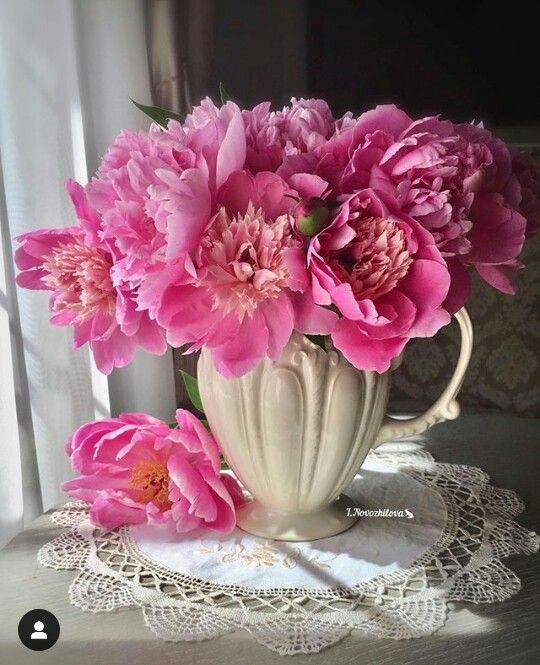
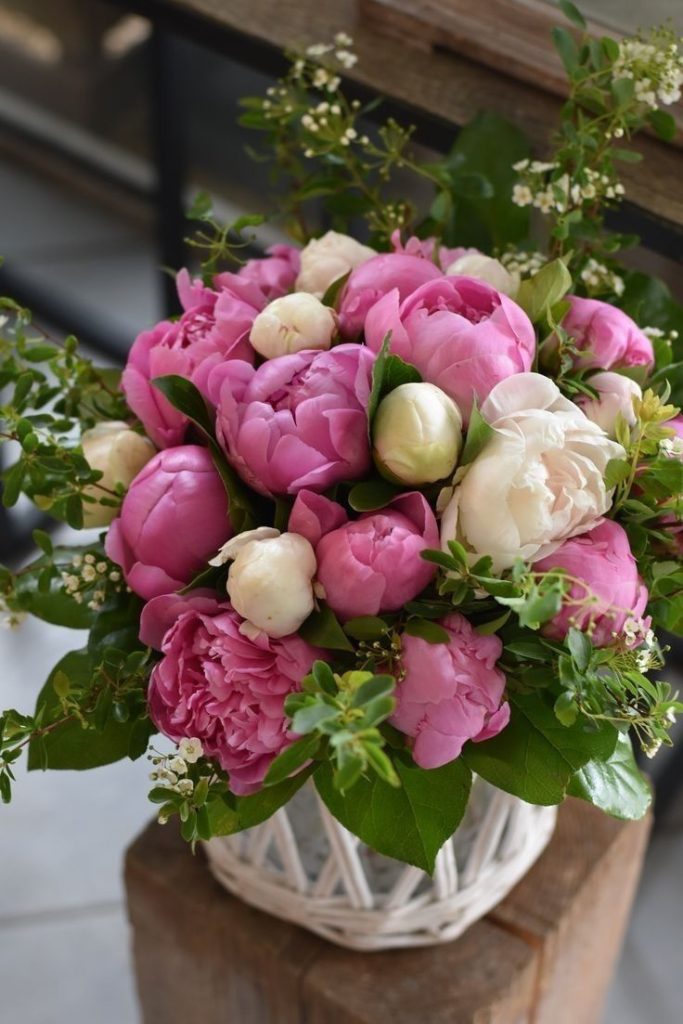

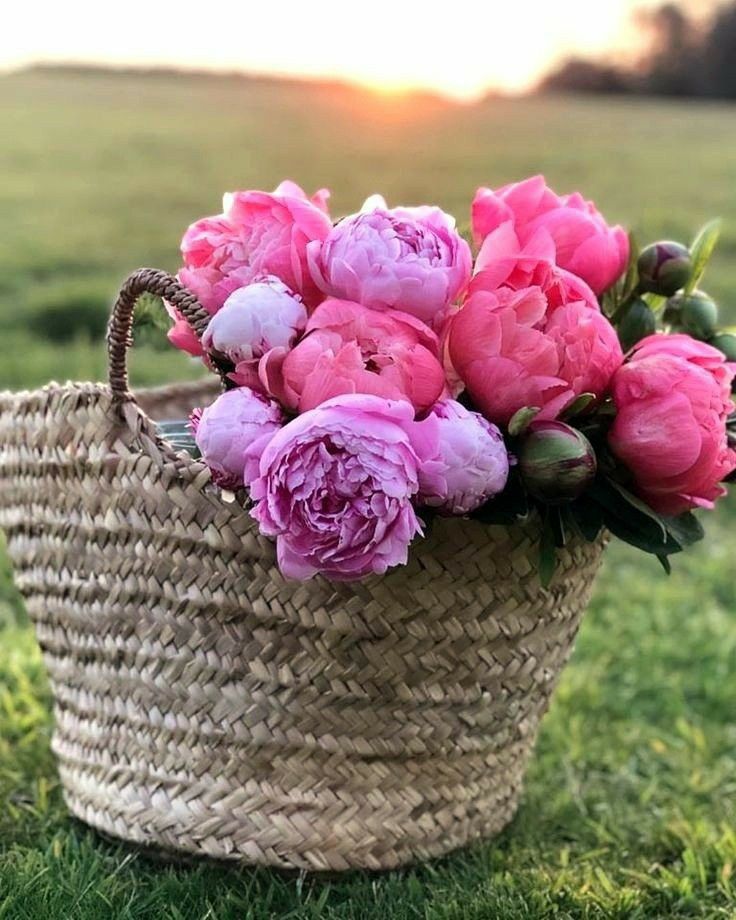

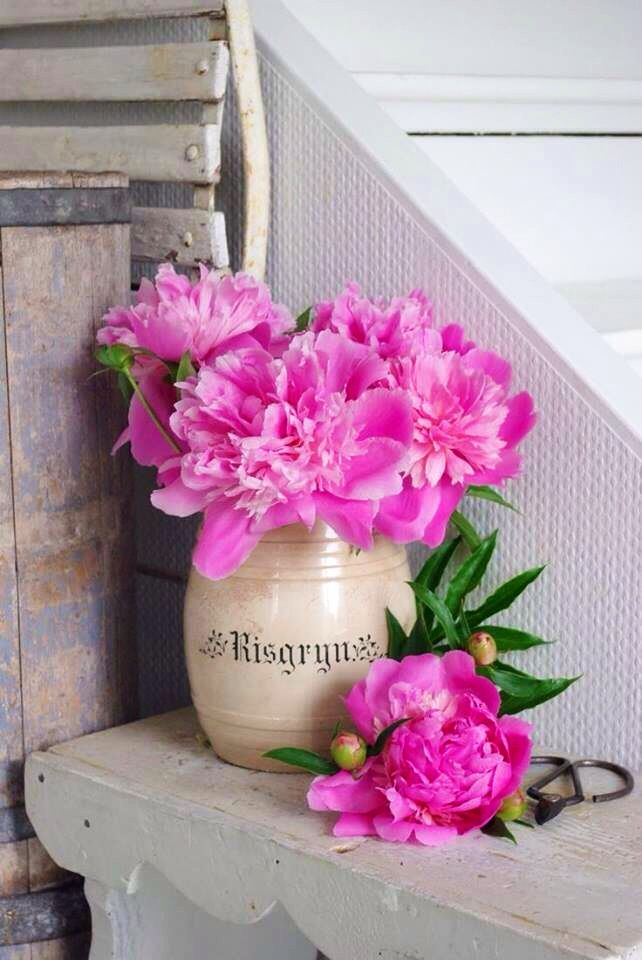
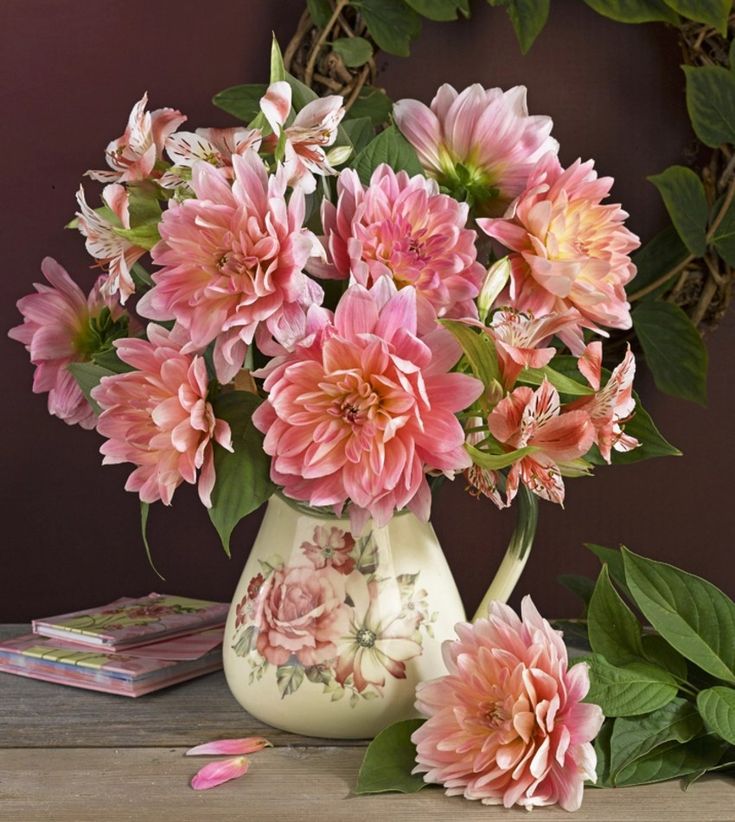
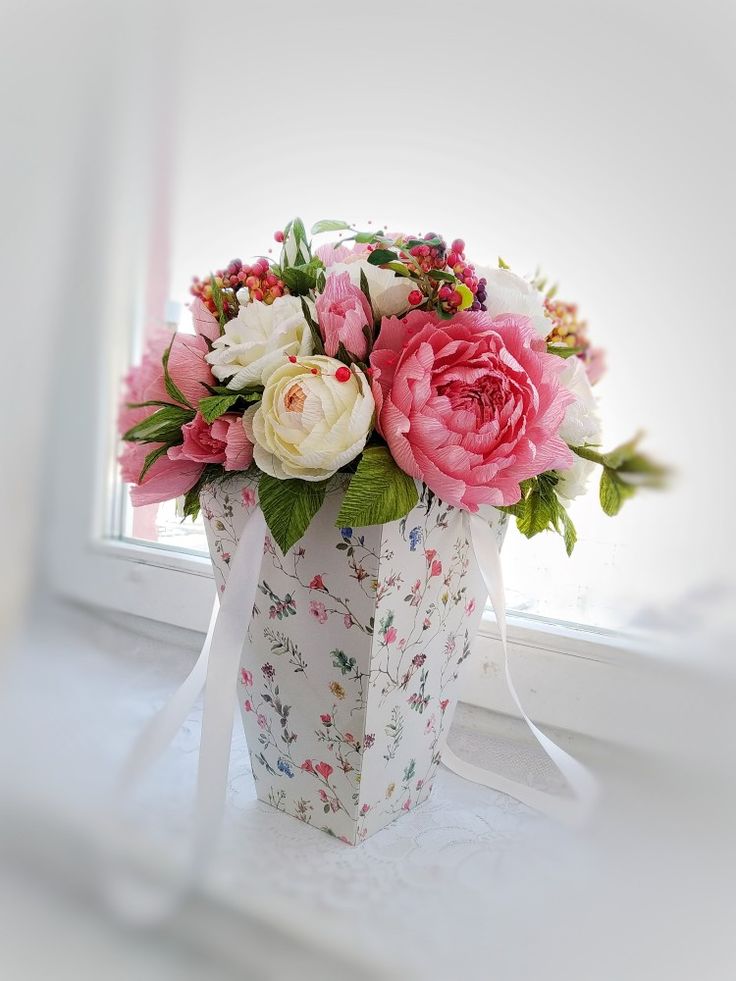
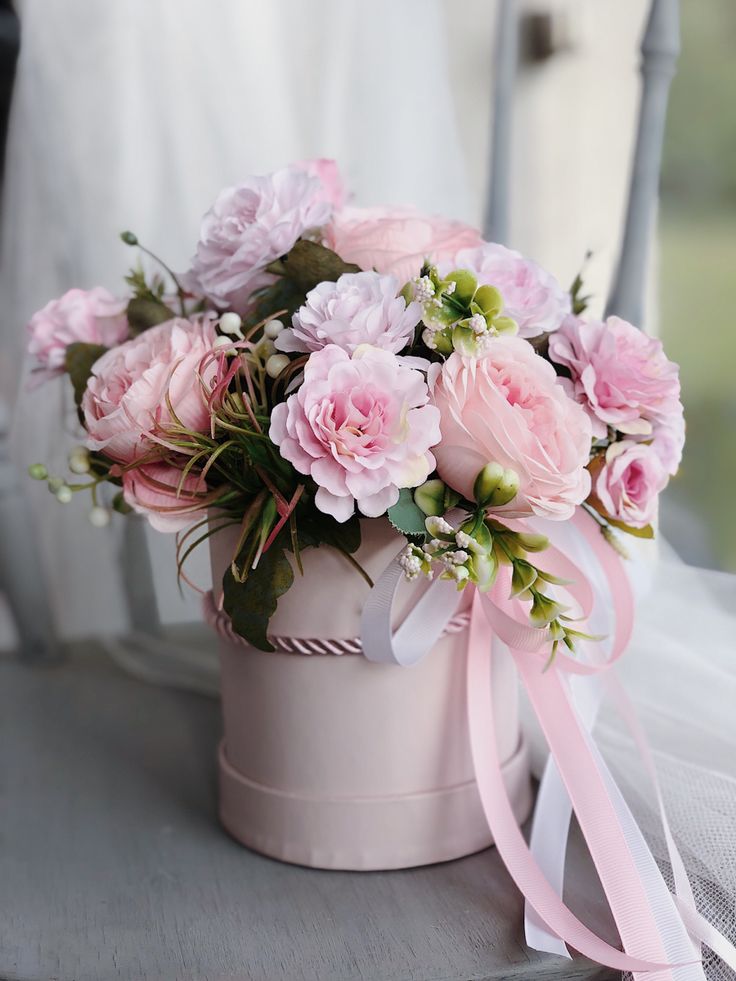


Benefits of Edible Landscaping
Embracing edible landscaping offers numerous benefits for gardeners and homeowners alike:
- Beauty and Functionality: Edible landscaping combines the beauty of ornamental plants with the functionality of edible crops, creating a multi-functional landscape that provides both visual appeal and practical benefits. From colorful fruits and vegetables to fragrant herbs and edible flowers, incorporating edible plants into your garden design adds texture, color, and interest to your outdoor space while also producing fresh, homegrown food for your table.
- Fresh, Homegrown Produce: By growing your own fruits, vegetables, and herbs in your garden, you can enjoy a continuous supply of fresh, flavorful produce that’s free from pesticides and chemicals. Harvesting fruits and vegetables at peak ripeness ensures maximum flavor and nutritional value, allowing you to savor the true essence of each ingredient in your favorite recipes.
- Environmental Sustainability: Edible landscaping promotes environmental sustainability by reducing food miles, minimizing packaging waste, and conserving resources such as water and energy. Growing your own food at home reduces dependence on industrial agriculture, lowers carbon emissions, and supports biodiversity in the garden ecosystem.
- Connection to Nature: Gardening with edible plants fosters a deeper connection to nature and the seasons, allowing you to experience the joy of growing, harvesting, and enjoying fresh food straight from your garden. Engaging all the senses – sight, smell, taste, touch, and even sound – edible landscaping provides a rich sensory experience that nourishes the body, mind, and soul.
Tips for Incorporating Edible Landscaping into Garden Designs
Follow these tips to successfully integrate edible landscaping into your garden design:
- Plan with Purpose: Start by assessing your outdoor space and identifying areas suitable for edible plants, taking into account sunlight exposure, soil quality, and available space. Consider the specific needs and preferences of each plant species, and plan your garden layout accordingly to ensure optimal growing conditions and productivity.
- Mix and Match: Integrate edible plants seamlessly into your existing landscape by mixing them with ornamental plants, shrubs, and trees. Choose edible plants with attractive foliage, colorful flowers, or interesting textures to create visual interest and contrast in your garden design. Combine different types of edible plants – fruits, vegetables, herbs, and edible flowers – to create a diverse and harmonious landscape that’s both beautiful and productive.
- Create Edible Borders: Define garden beds, pathways, and borders with edible plants such as herbs, berries, or leafy greens to add structure and definition to your garden design. Plant low-growing edibles along garden edges or pathways, and use taller varieties as focal points or accents in key areas of the landscape.
- Utilize Vertical Space: Make the most of limited garden space by growing edible plants vertically on trellises, arbors, or vertical gardens. Train vining crops such as tomatoes, cucumbers, or beans to climb trellises or support structures, freeing up valuable ground space for other plantings and maximizing productivity in small gardens or urban landscapes.
- Harvest Continuously: Harvest edible crops regularly to encourage continuous growth and productivity throughout the growing season. Harvest fruits and vegetables at peak ripeness for best flavor and quality, and prune herbs and perennial plants to promote new growth and prolong the harvest season.
Conclusion
Incorporating edible landscaping into garden designs offers a creative and rewarding way to transform your outdoor space into a beautiful and productive oasis that nourishes both body and soul. By blending ornamental plants with edible crops, you can create a multi-functional landscape that delights the senses, supports environmental sustainability, and provides fresh, homegrown produce for your kitchen table. Whether you’re a seasoned gardener or a novice green thumb, designing a garden with edible landscaping allows you to savor the beauty and bounty of nature while cultivating a deeper connection to the food you eat and the world around you. With thoughtful planning, creative design, and a passion for gardening, you can create a deliciously beautiful garden that brings joy, flavor, and abundance to your outdoor space for years to come.